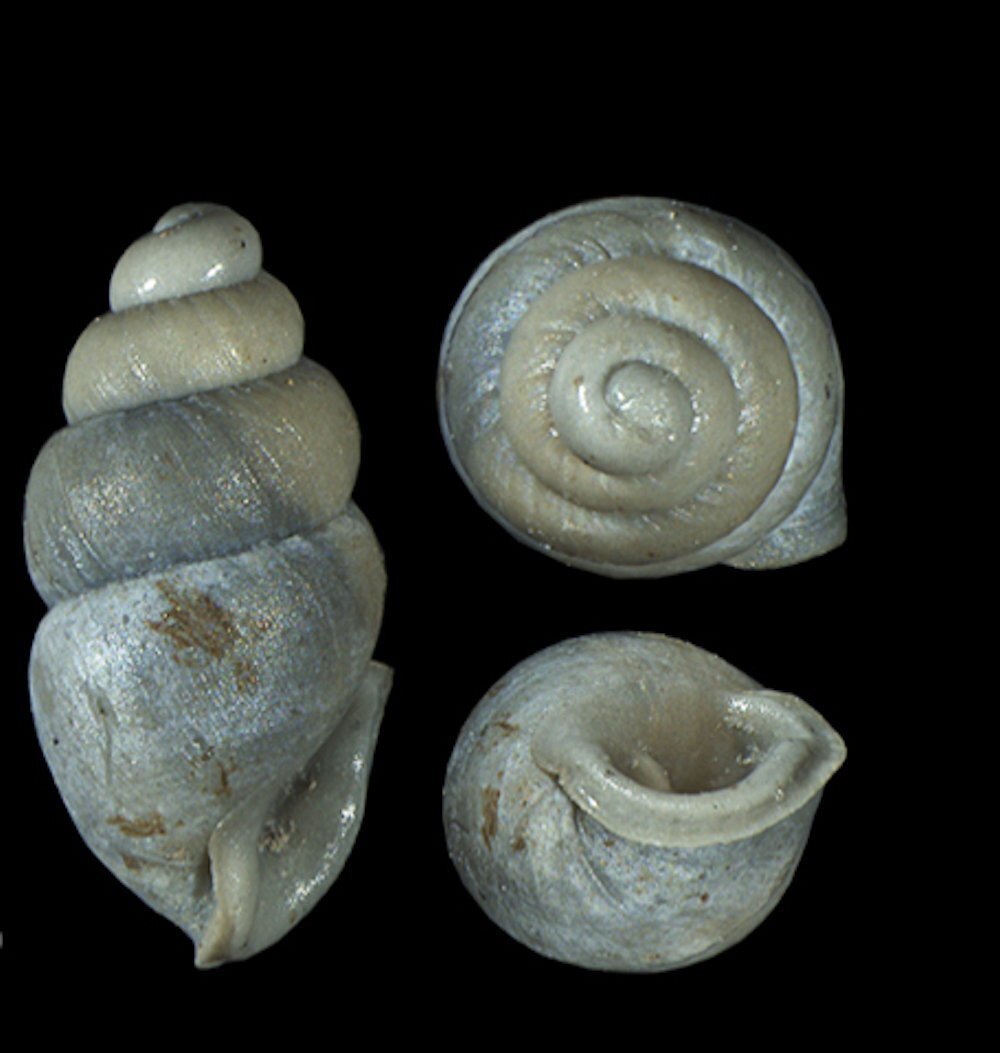Dr. Adrienne Jochum, a scientist from Senckenberg Research Institute and Natural History Museum in Frankfurt and the Natural History Museum in Bern, along with researchers from the United States and Switzerland, have made an exciting discovery regarding the first fossil Carychium land snails found in Florida. The accidental unearthing of a rock layer containing these tiny snail fossils, measuring only a few millimeters in size, occurred during construction work. These fossils are estimated to date back to the Pleistocene period, spanning from 2.58 million to 11,700 years ago. The findings of this study, published in the journal ZooKeys, also introduce a previously unknown species of carychiid fossil snail.
Carychium snails, which belong to the genus Carychium, are typically found in regions east of the Mississippi River in the United States, as well as in eastern Canada, Mexico, Jamaica, and sheltered humid habitats in Central America down to Panama. However, unlike their modern counterparts, fossilized Carychium snails have seldom been discovered east of the Mississippi River. The recent fieldwork conducted by the researchers has provided the first fossil evidence of the genus in the southeastern United States, as well as the initial fossil record of the species Carychium floridanum.
During the construction of the Brightline railroad track bed, intended to connect Port Canaveral and Orlando International Airport, civil engineers unexpectedly encountered a one-meter-thick layer of fossilized non-marine gastropods sandwiched between two marine shell beds. This rock layer, formed during the Pleistocene era characterized by glaciations, climate variations, and fluctuations in water levels, played a significant role in shaping the present-day Florida region. It contains a diverse assemblage of snail species, comprising 14 freshwater and 28 terrestrial snails.
Among the snails discovered in this layer is Carychium floridanum, a species that currently inhabits humid, forested, and undisturbed habitats in central and northern Florida. Additionally, the researchers identified a new species named Carychium nashuaense, which measures less than 1.6 millimeters in length and was previously unknown to science.
To extract the fossilized miniature snails from the rock layers, the scientists employed a process involving a series of sieves. Using microscopy, they meticulously separated 32 Carychium shells from a mixture of other mollusks and rock debris. By utilizing high-resolution X-ray tomography, they examined the delicate fossil shells’ spindle structure and compared them to 3D reconstructions of the inner shells of living thorn snail species found in the southeastern United States, Mexico, Central America, and Jamaica.
While the inner shell structure of Carychium floridanum has undergone minimal changes since the Pleistocene era, the shell structure of Carychium nashuaense suggests a connection with Central American relatives within the Carychium genus. The researchers speculate that the snails may have spread to the wetlands, where the alluvial sediments of the studied rock layer originated, through birds, mammals, and reptiles that transported the small snails in their digestive systems, fur, or feathers. The subsequent intermingling with other members of the genus could have led to the emergence of new species.
Overall, this discovery sheds light on the fossil record of Carychium land snails in the southeastern United States and unveils a previously unknown species, providing valuable insights into the evolutionary history and dispersal patterns of these tiny snails.
Source: Senckenberg Research Institute and Natural History Museum
